(May 8, 2023) In today’s fast-paced and competitive business environment, having real-time insights into sales encounters can make all the difference. And Shruti Kapoor, the Co-founder and CEO of Wingman, a SaaS solution that delivers real-time information for sales teams, has experienced this firsthand. The entrepreneur’s journey began while managing a sales team at an Indian fintech start-up in 2017. However, she found it difficult to get the information they required from their CRM since there didn’t seem to be a workable substitute,she decided to filll the gap.
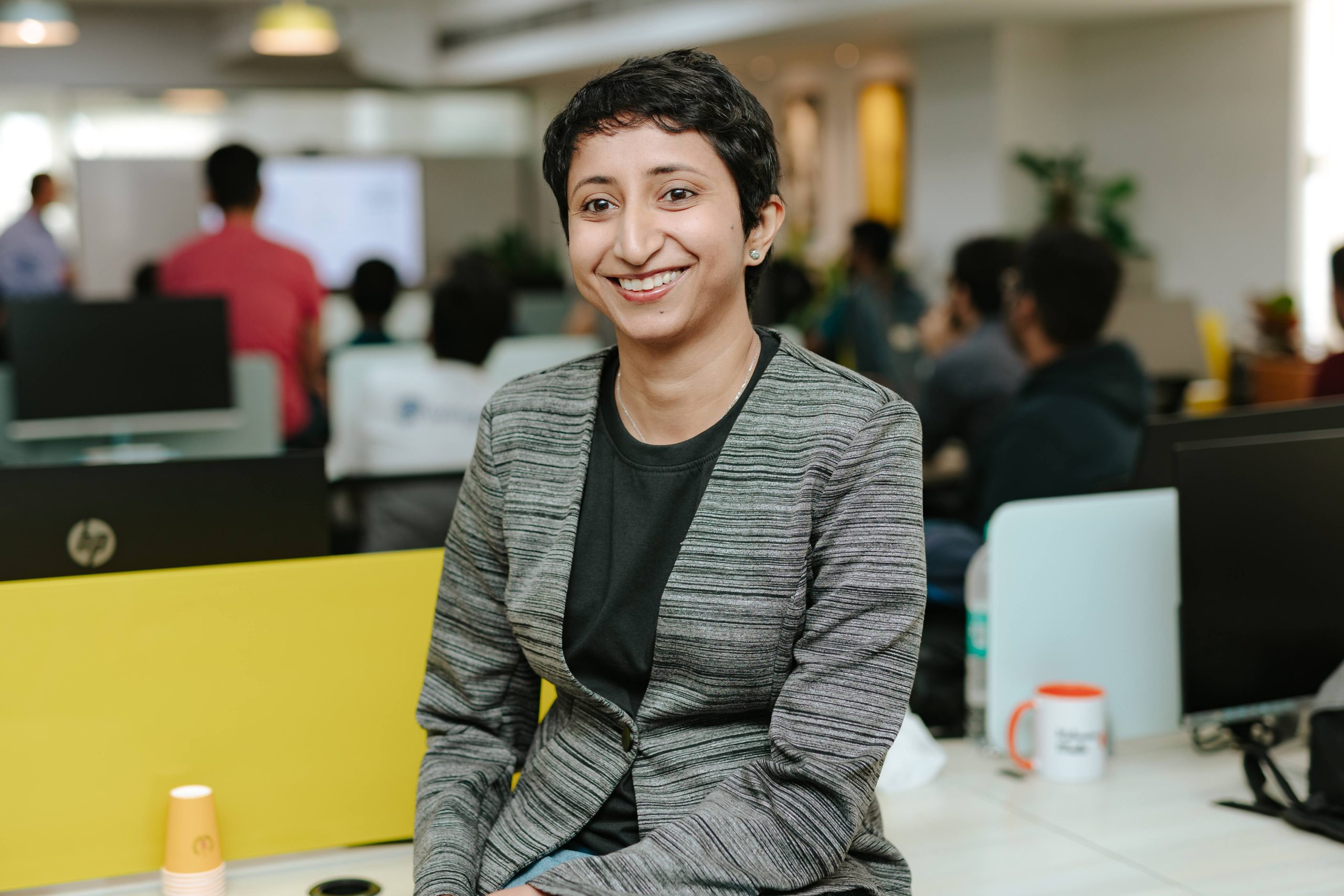
After some deliberations the entrepreneur and her co-founders embarked on a mission to create a solution to transform the way sales teams approach their interactions with customers, leading to the birth of Wingman. The following year, they introduced the first iteration of their product. Their journey, however, wasn’t an easy one – their first big task was to attract customers. In the first 40 encounters they had with potential clients, they were unable to close any deals, she recollects. Nonetheless, with the right approach, the goals didn’t seem unachievable though and Wingman emerged – with a different approach and philosophy.
“Instead of thinking about our revenue, we thought the other way round. We began calculating how to impact revenue for the customers. The more you can think in terms of not, ‘how do I get more revenue for myself?’ but, ‘how do I get more revenue for my customers?’ the more your message is likely to steer in the right direction,” shared the entrepreneur, as she sat down for an interview with Global Indian.
Always making the right investments
Having been born in Mainpuri – a small town in Uttar Pradesh, India – ‘investing in education was a big bet’. “It was a place is better known for tobacco and bandits than for education and development,” the entrepreneur shares while talking about her childhood, adding, “My parents made the big bet to invest in our education and moved to Lucknow to give us access to better opportunities and it paid off.” She was selected for the SIA scholarship to study in Singapore for her A-levels. The exposure and confidence of being independent at that age helped her in many future aspects of life and how she would interact with the world in general.
Building an empire
For a commoner, Wingman can be defined as a conversation intelligence platform for sales teams. According to the entrepreneur, Wingman started as a simple idea – “there is a wealth of information in conversations with customers – but it is currently not captured, most sales calls in B2B were not recorded, or too inefficient to access as listening to recorded calls is time-consuming. If we could record, transcribe and analyze the calls at scale we could provide businesses access to insights like.”
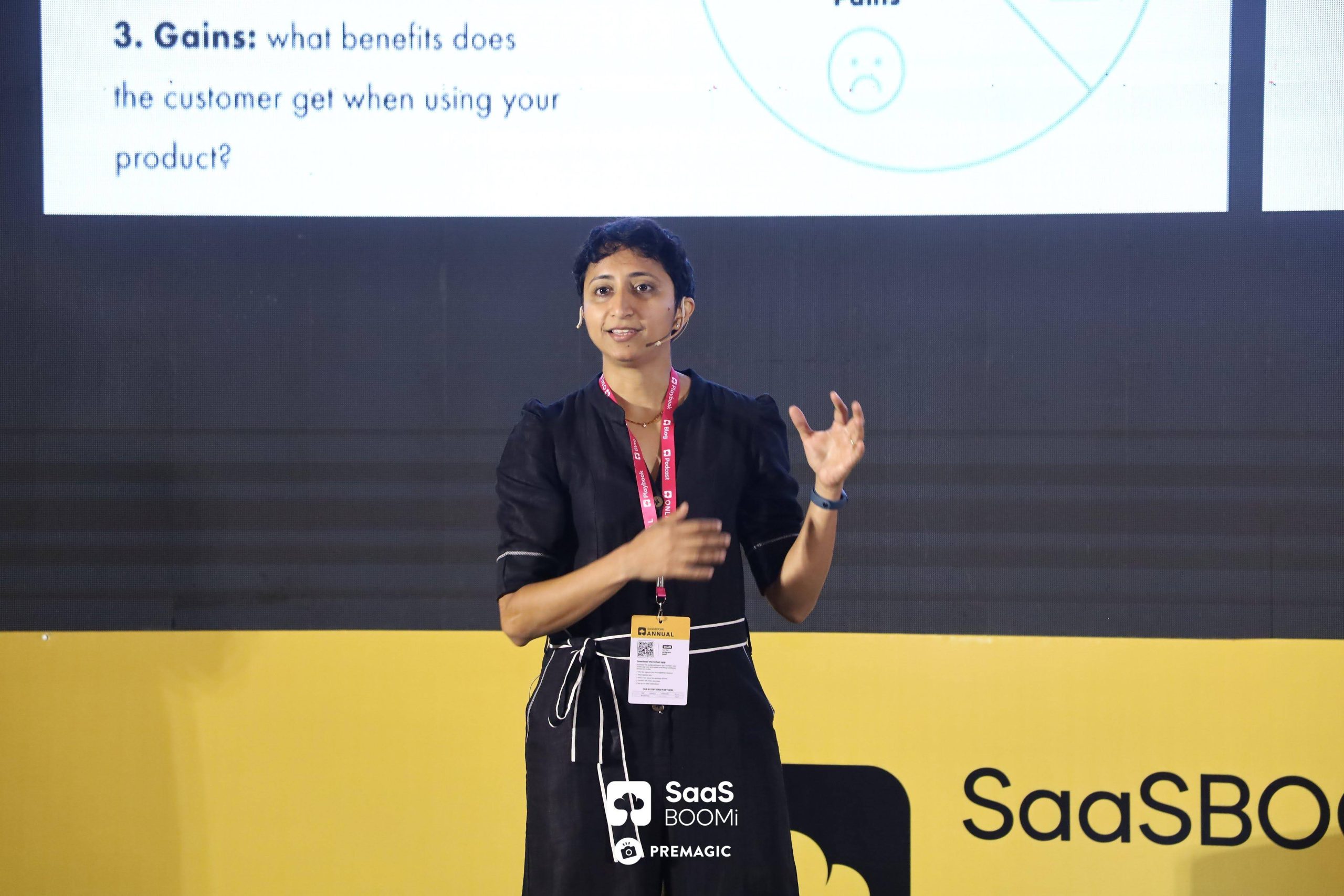
She adds, “I was leading the go-to-market function for a global fintech company in India called Payoneer. The team in India was three people and all products and marketing were centralised. Very often I would face situations where I felt if the marketing or product leaders had heard it from the customers; they would have understood it much better.”
On the other hand, organising a call between a prospect and a team in another time zone was always challenging. The entrepreneur expresses, “At Payoneer, I first learned about sales and marketing and the entire process that must take place to bring marketing, sales, customer success, and product together to ensure that they are not just creating the right things, but also communicating them to customers in the correct way.”
Wingman was created as a method to bring everything together and address what she perceived to be the biggest disconnect: a split between front-line sales and marketing and product, which are located further away from the customer, she maintains. According to the entrepreneur, marketing and product always wanted to know what the customers were saying and they had no way of finding out. “Going on calls all the time and then trying to explain to marketing what the customers are saying was extremely frustrating for sales. For scattered or remote teams that might not even share an office, the issue is significantly worse.”
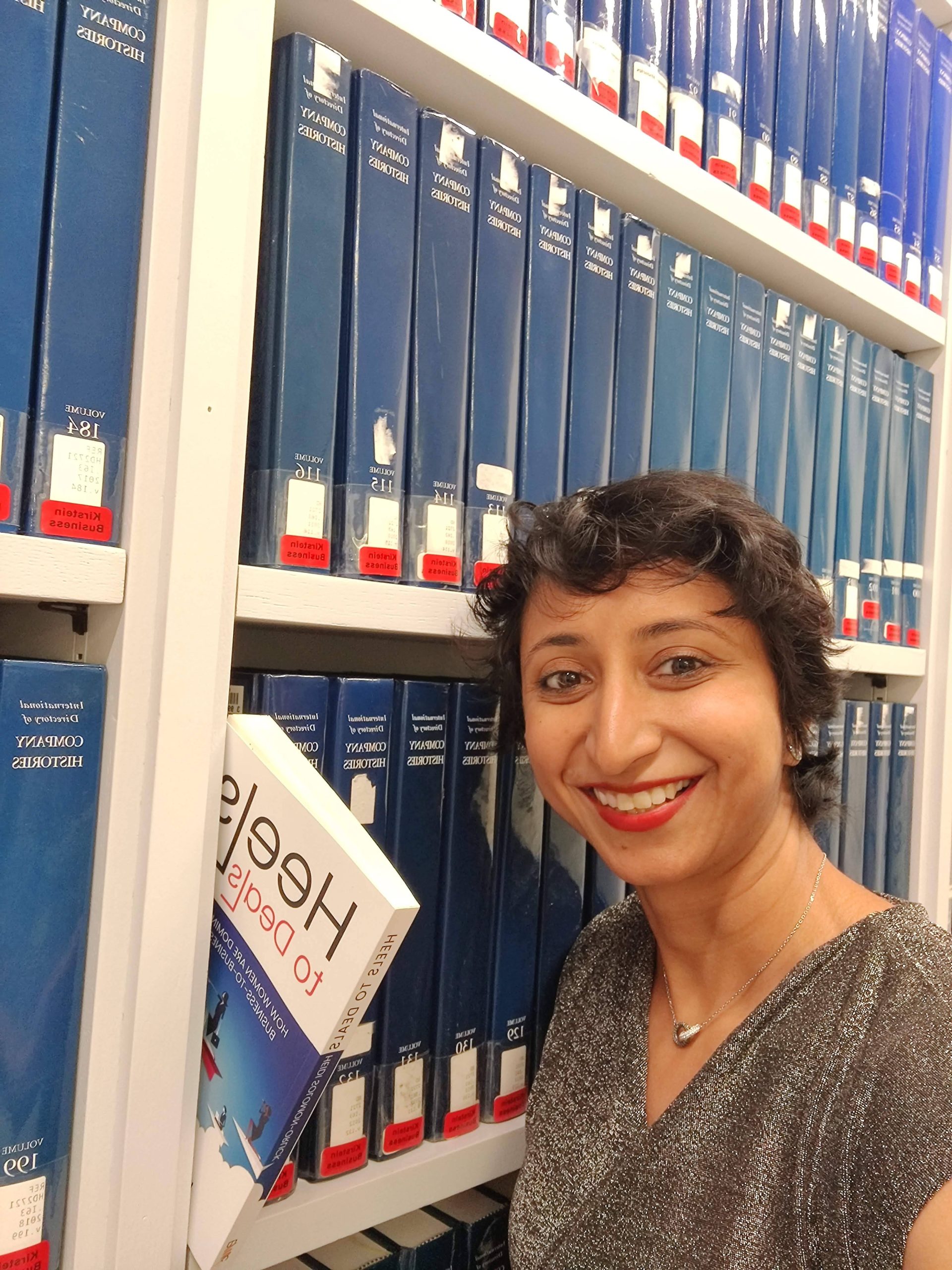
Wingman, which monitors customer interactions and applies AI to produce insights, action items, and more, is the solution for her. “The issue was that when COVID struck, it was still very much in beta, endangering growth. Today, with an over 3x growth over the previous and having been bought by Clari – a Unicorn,” she adds.
Getting a foothold
Wingman was a global company on day one – while the team was based in India, so they were very clear that they wanted to target the US market initially. She explains, “So we made early efforts to connect with potential buyers in the US. This was through our network – friends’ friends as they say.”
Once they had some early customers, they extended this by hiring a local salesperson in the US and a sales agency that could do mass outreach on their behalf. However, both those efforts didn’t pay off the way we expected and we then spent more time building the brand and case studies etc, the entrepreneur recalls. Once those things were in place, they saw inbound traffic, and outbound both began to build up. “My major takeaway from this was: think of go-to-market in terms of building and scaling trust.”
A venture with a difference
Shruti’s company focuses on reducing ‘time to revenue’ for its customers. It raised $2.33 million in the seed round, led by Venture Highway, Speciale Invest, and Y Combinator back in 2019. Last year it was acquired by Clari to become part of their revenue platform. Clari is a well-known unicorn in the sales technology space with investors like Sequoia and Blackstone.
The company is currently targeting B2B clients – because business sales follow a certain cadence and requires multiple touch points – making Wingman’s feedback and analytics impactful. It has on-boarded hundreds of companies such as Bandwidth and Fabric etc. The entrepreneur remarks, “Without Wingman it takes 3-8 months to fully ramp up a new sales rep. A large part of this is in training them on best practices, tribal knowledge, and handling customer objections. With Wingman, companies can cut this time by 30-50 percent.”
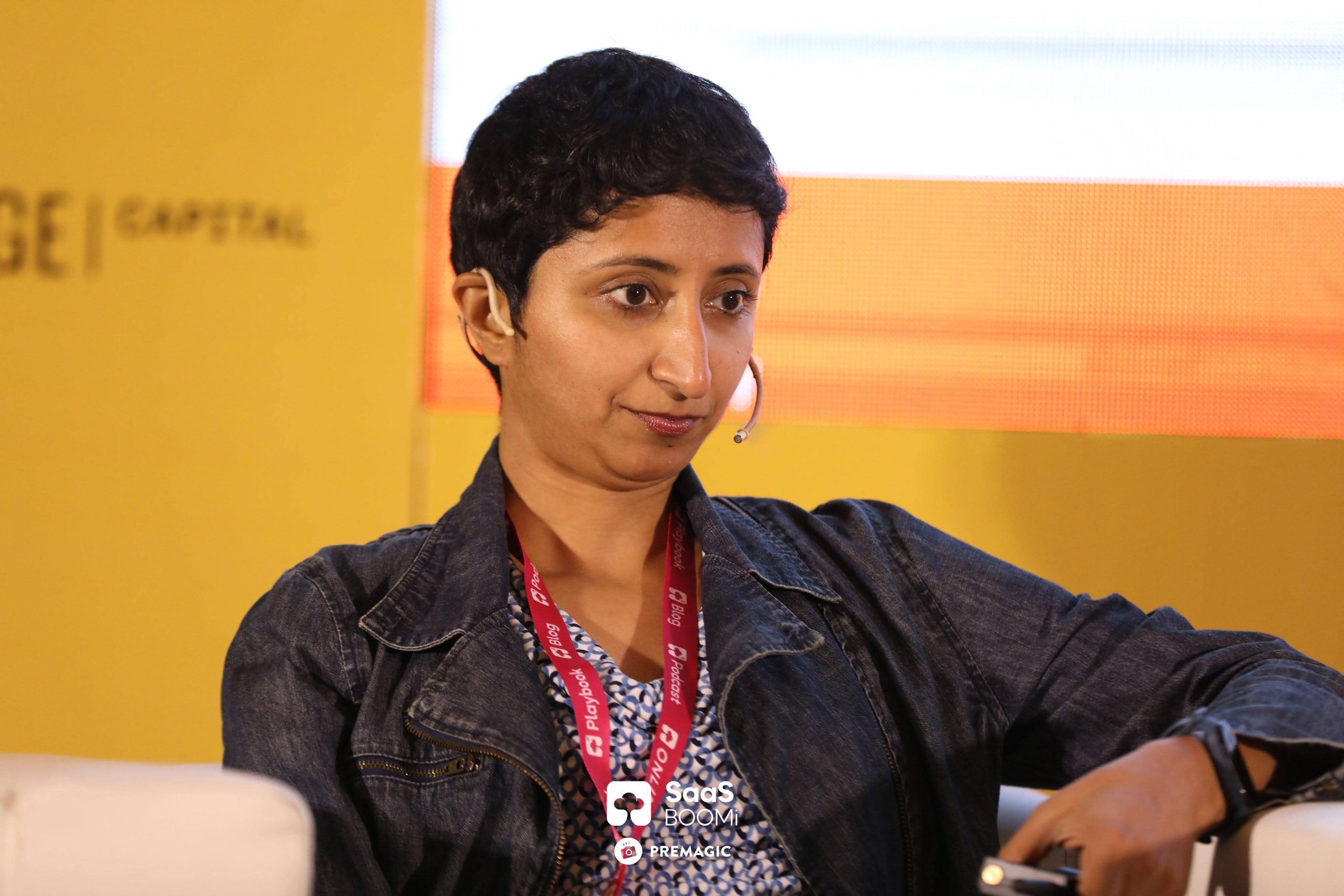
The former Morgan Stanley banker says that the biggest cost for the company is that of customer acquisition — the industry number for this is close to 9-10 months of the revenue for the first year. The second biggest cost is cloud computing — for example, speech-to-text can cost around two cents per minute. “Once the scale sets in and once you have customers who are expanding, infrastructure costs can be minimised and the margin can be above 60 percent,” she emphasises. As far as the entrepreneur’s future vision is concerned she wants to make intelligence from customer conversations a part of every revenue-critical workflow.
The road ahead
While listing out some points, the entrepreneur says that they have focused on building a platform that, firstly is specialised for the B2B sales use-case so customers get a lot of value on day one without having to customise the system. “Secondly, we focus on delivering value to the whole sales team – so the platform automatically provides live coaching and feedback to the sales reps rather than just giving data and analytics to managers to then give feedback to sales reps,” she shares.
The young entrepreneur stresses the fact that it becomes very hard as an entrepreneur, especially if you are trying to build a global company with multiple time zones. Shruti says, “I try to block some time daily on my calendar in the evenings so I can make sure I can be with my husband and child. I try to keep Saturdays mostly free.”
Shruti staunchly believes in the fact that in the early days you are your company and you will have to be prepared to be the face of the company. “Your most important job at the company will change every six months – be prepared and open to it. It can be a hard and lonely journey. Try to build your ecosystem along the way,” says the entrepreneur, as she signs off.
- Follow Shruti Kapoor on LinkedIn


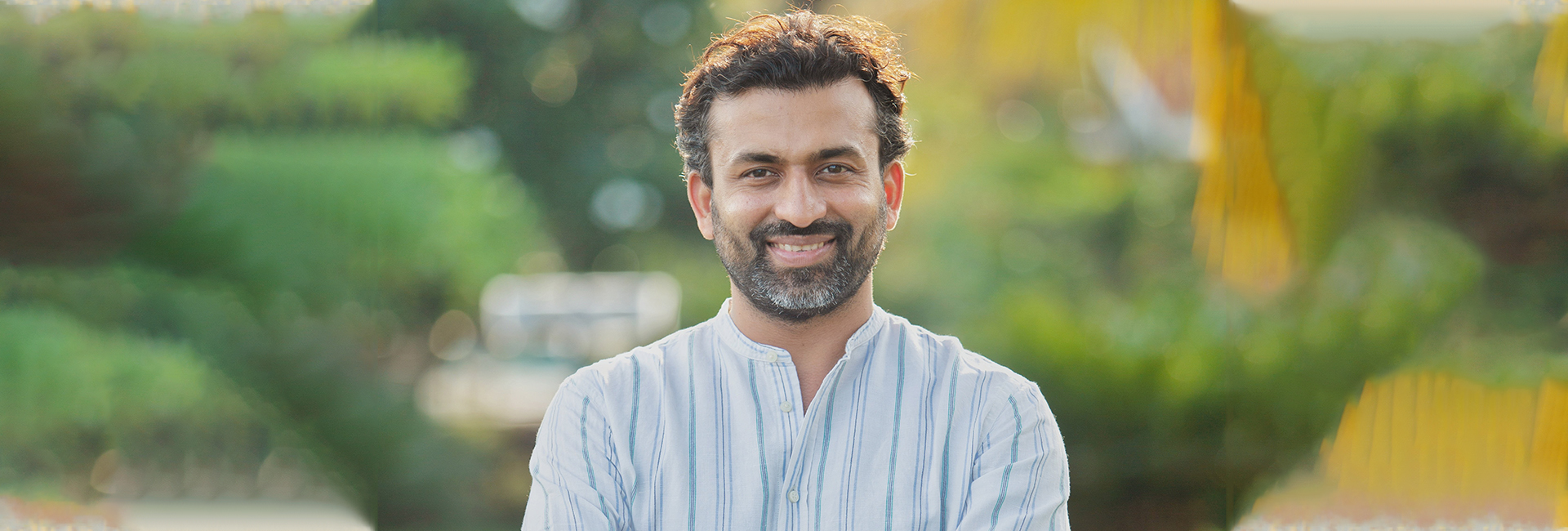
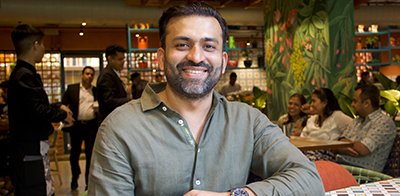 Ankit Gupta, co-founder, Hunger Pangs Private Limited[/caption]
Ankit Gupta, co-founder, Hunger Pangs Private Limited[/caption] The tea leaf salad, with avocado and laphet dressing[/caption]
The tea leaf salad, with avocado and laphet dressing[/caption]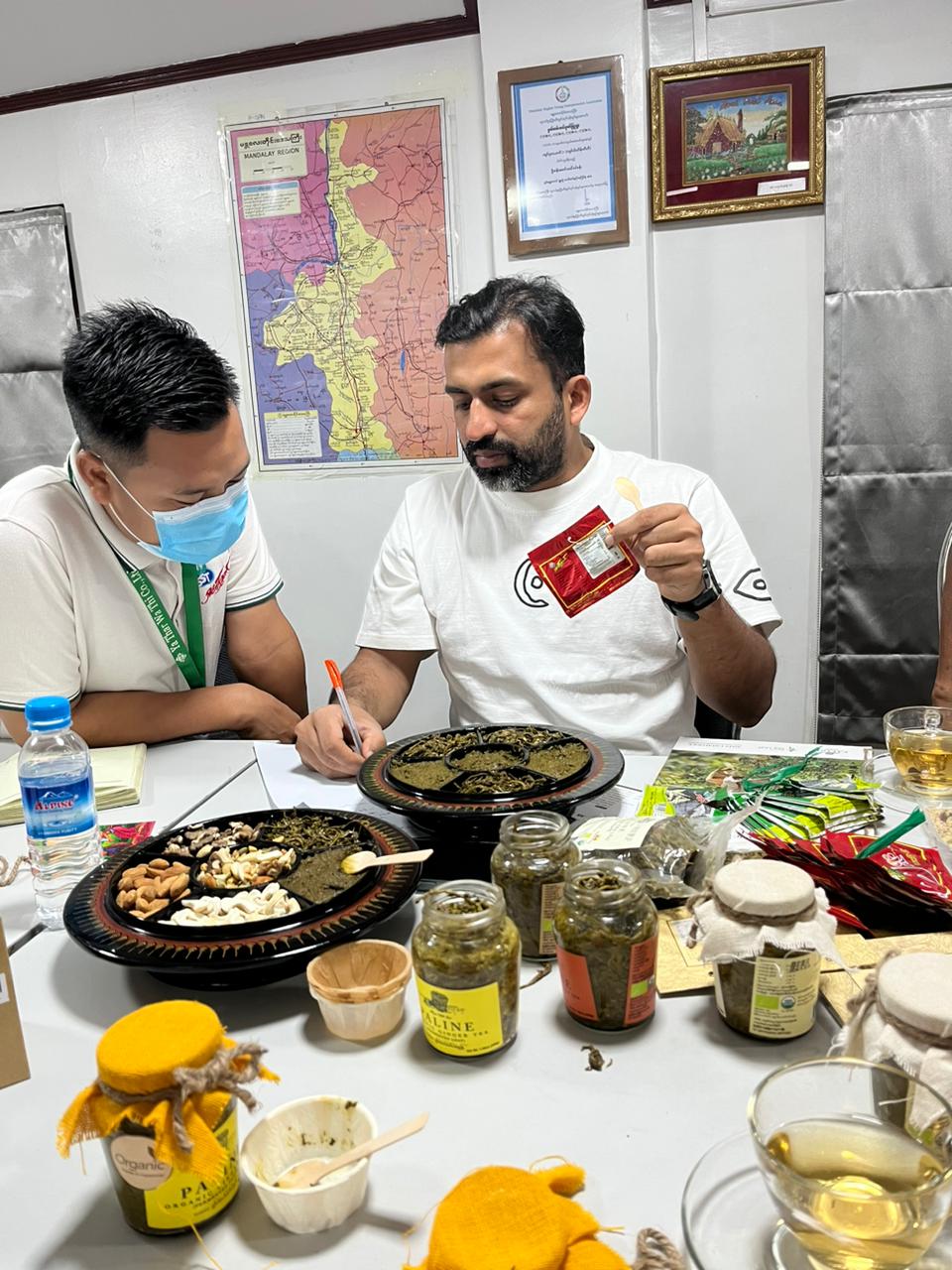
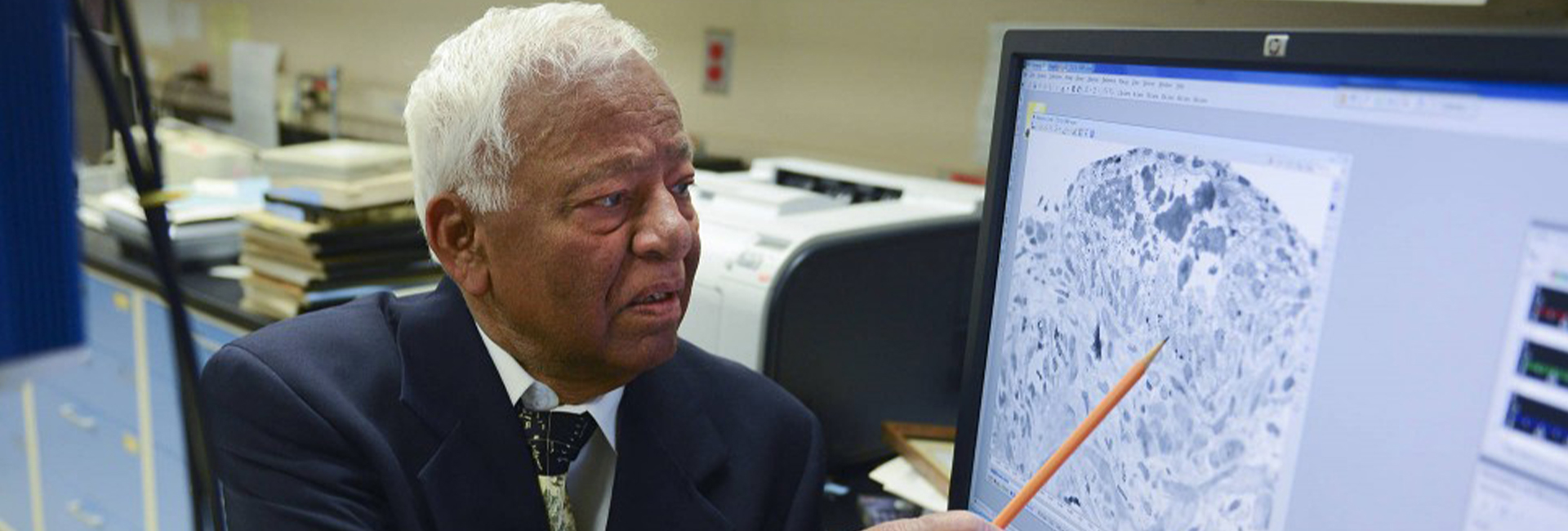
 Image extracted from Google Maps[/caption]
Image extracted from Google Maps[/caption]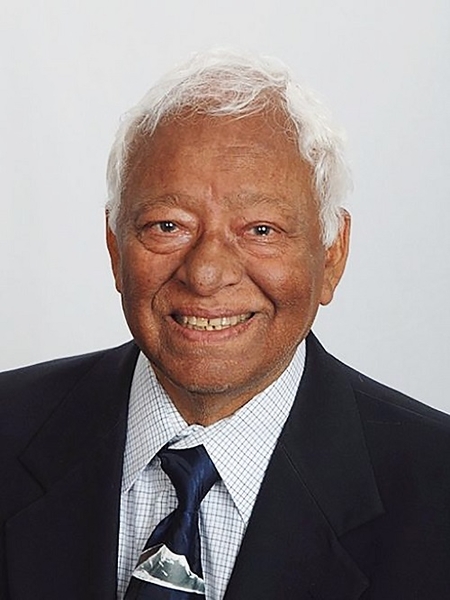 Professor Akhouri Achyutanand Sinha[/caption]
Professor Akhouri Achyutanand Sinha[/caption]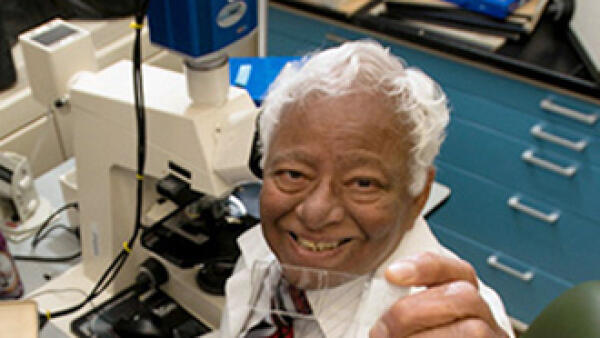 Professor Akhouri Achyutanand Sinha[/caption]
Professor Akhouri Achyutanand Sinha[/caption]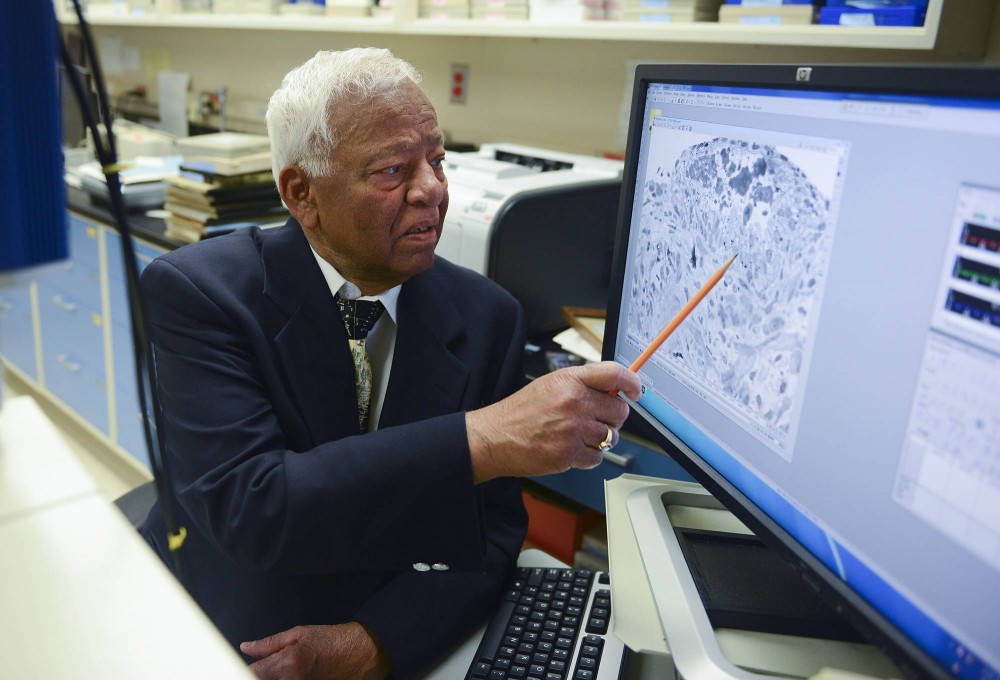 Professor Akhouri Achyutanand Sinha[/caption]
Professor Akhouri Achyutanand Sinha[/caption]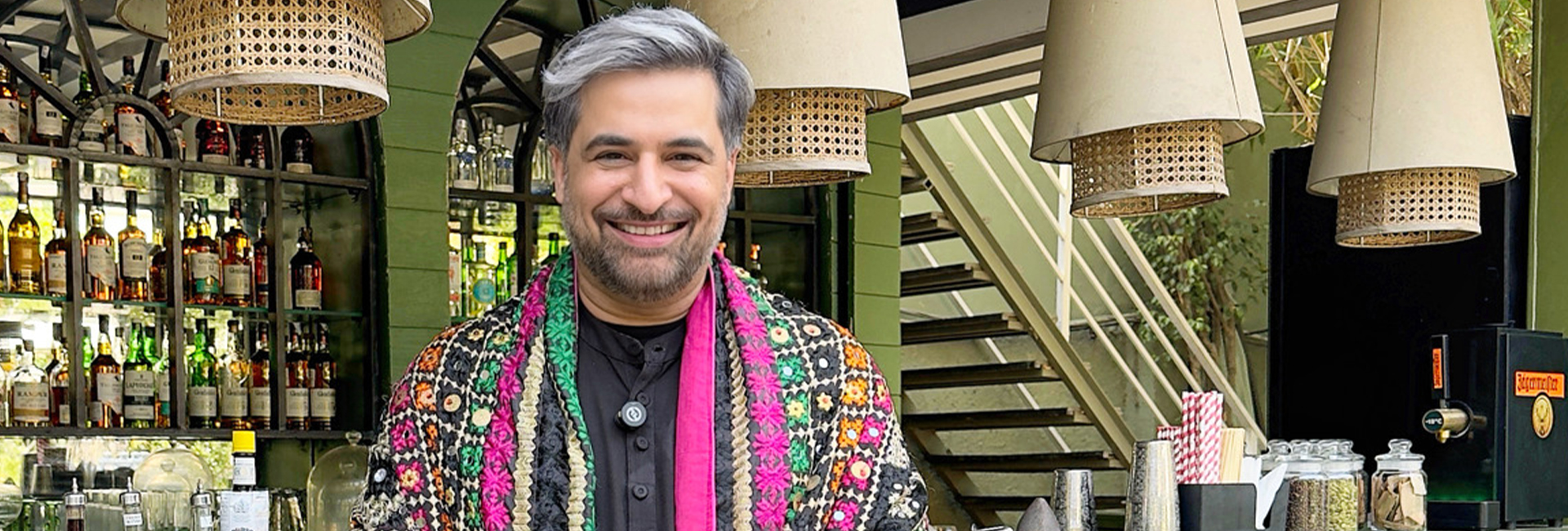
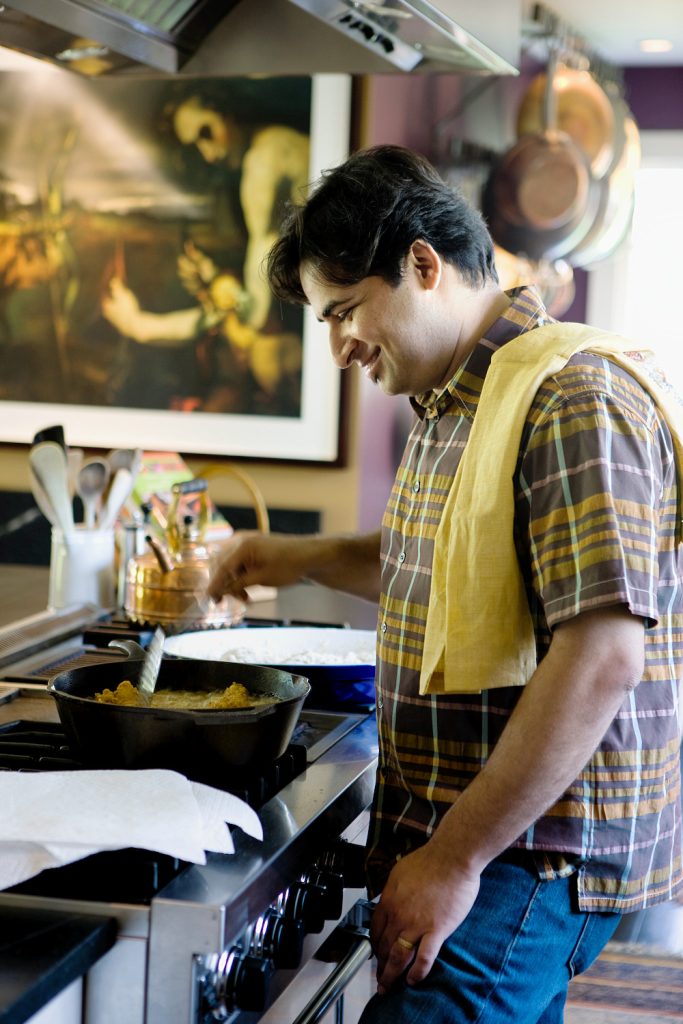
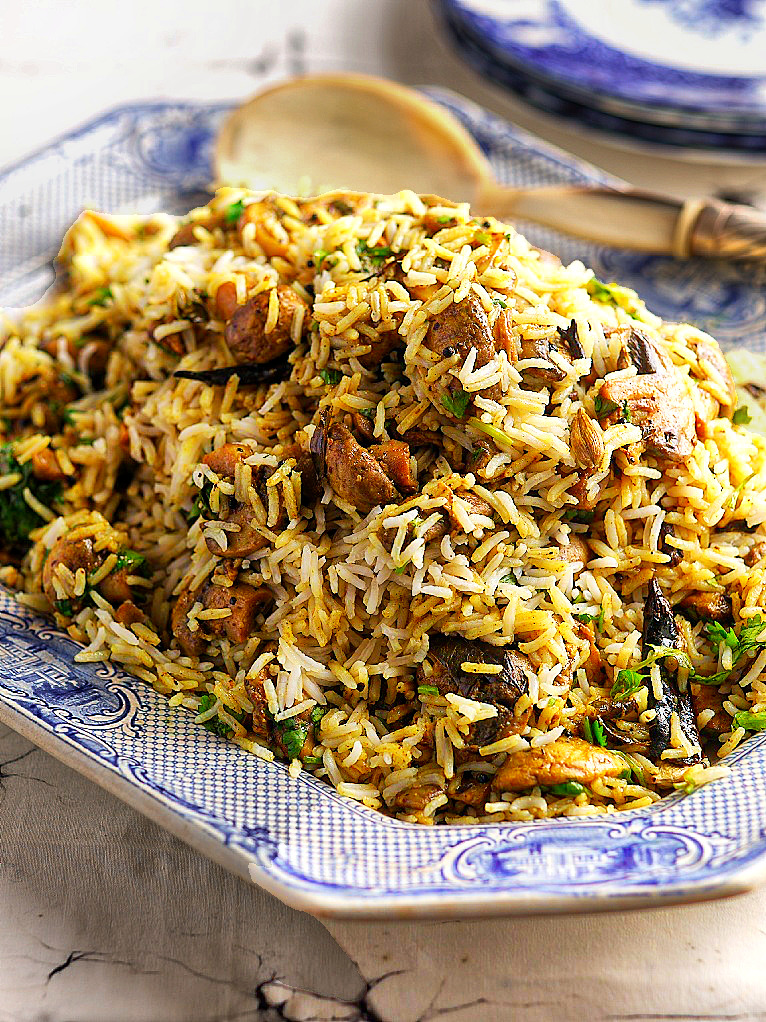 Malabar Mushroom Biryani[/caption]
Malabar Mushroom Biryani[/caption]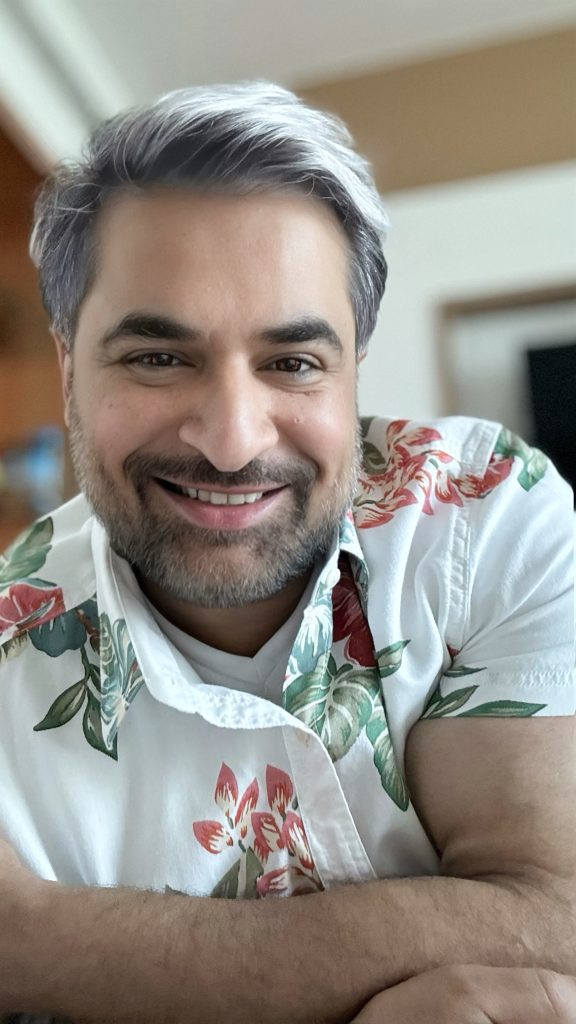
 Grandma's cornbread[/caption]
Grandma's cornbread[/caption]
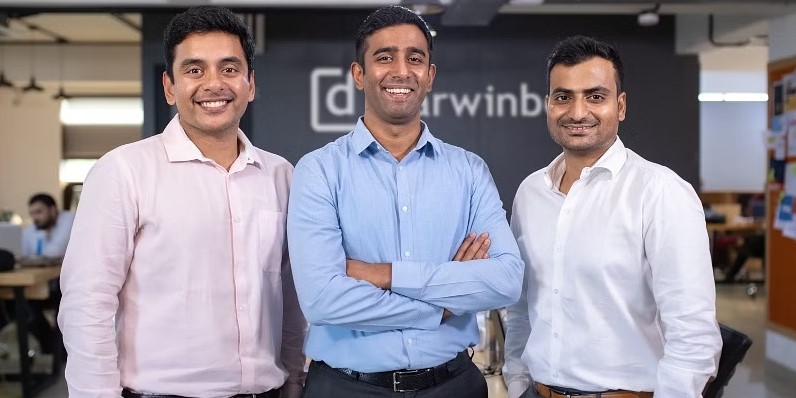
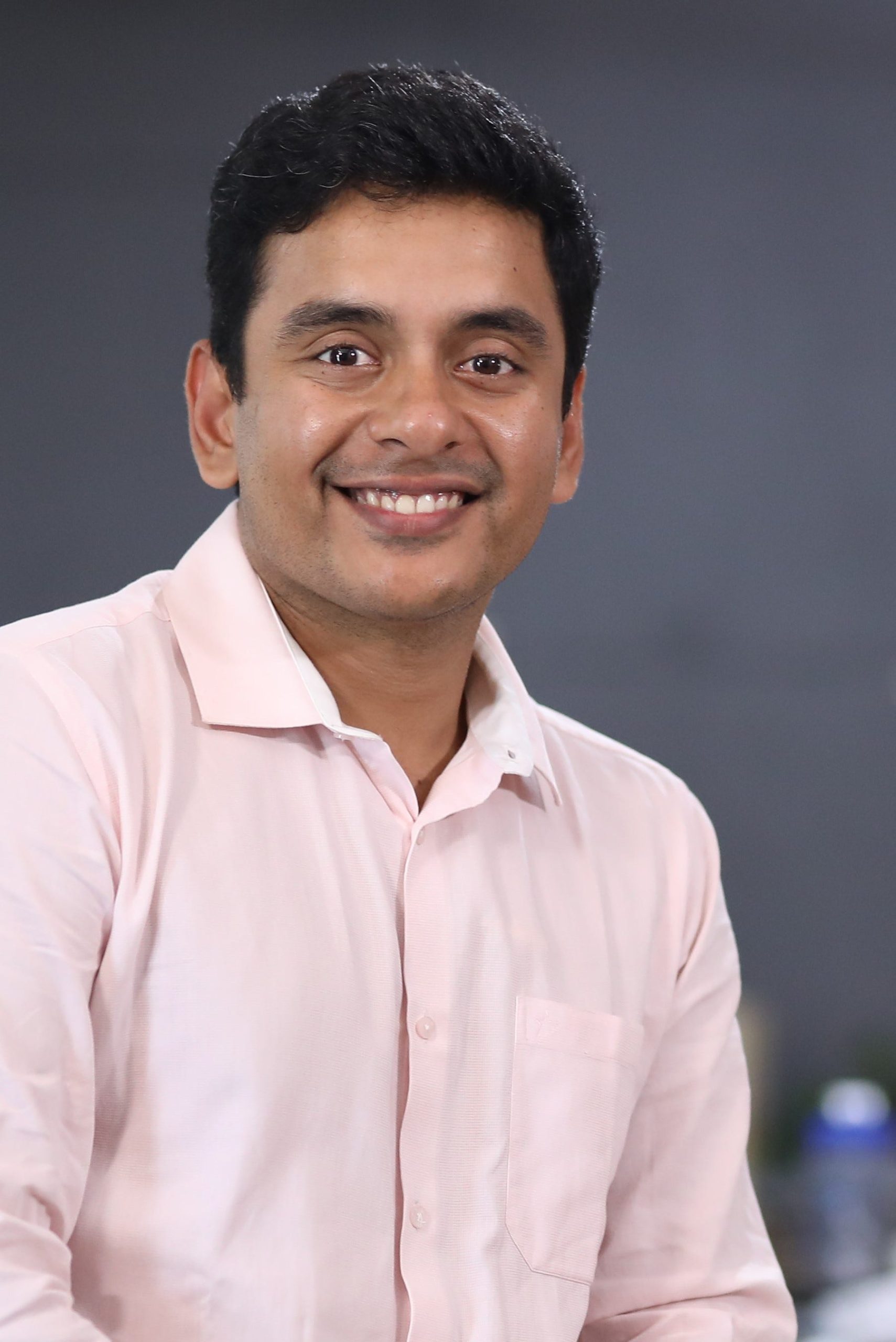 Rohit Chennameni., co founder of Darwinbox.[/caption]
Rohit Chennameni., co founder of Darwinbox.[/caption]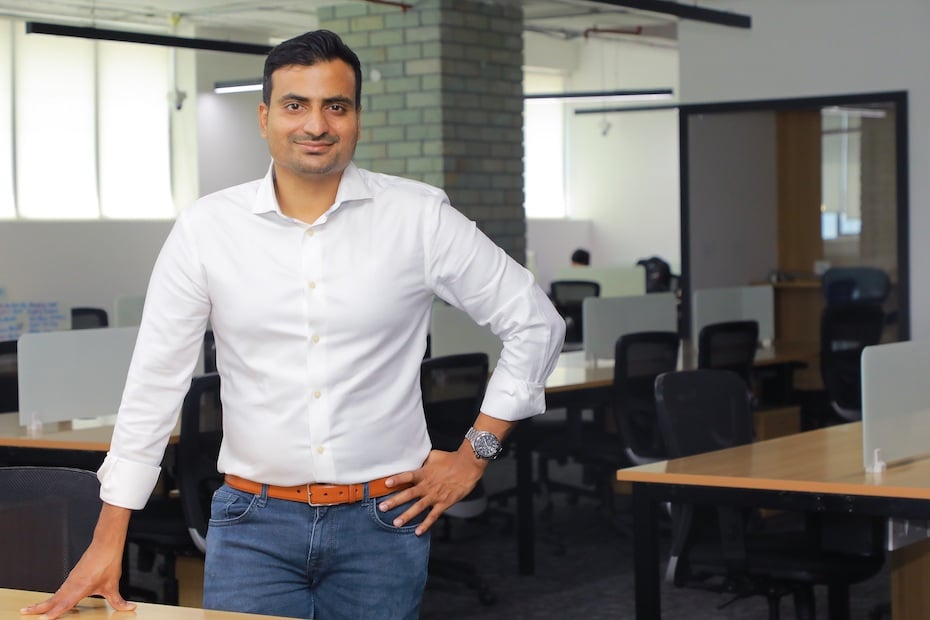 Chaitanya Peddi, co-founder of Darwinbox.[/caption]
Chaitanya Peddi, co-founder of Darwinbox.[/caption]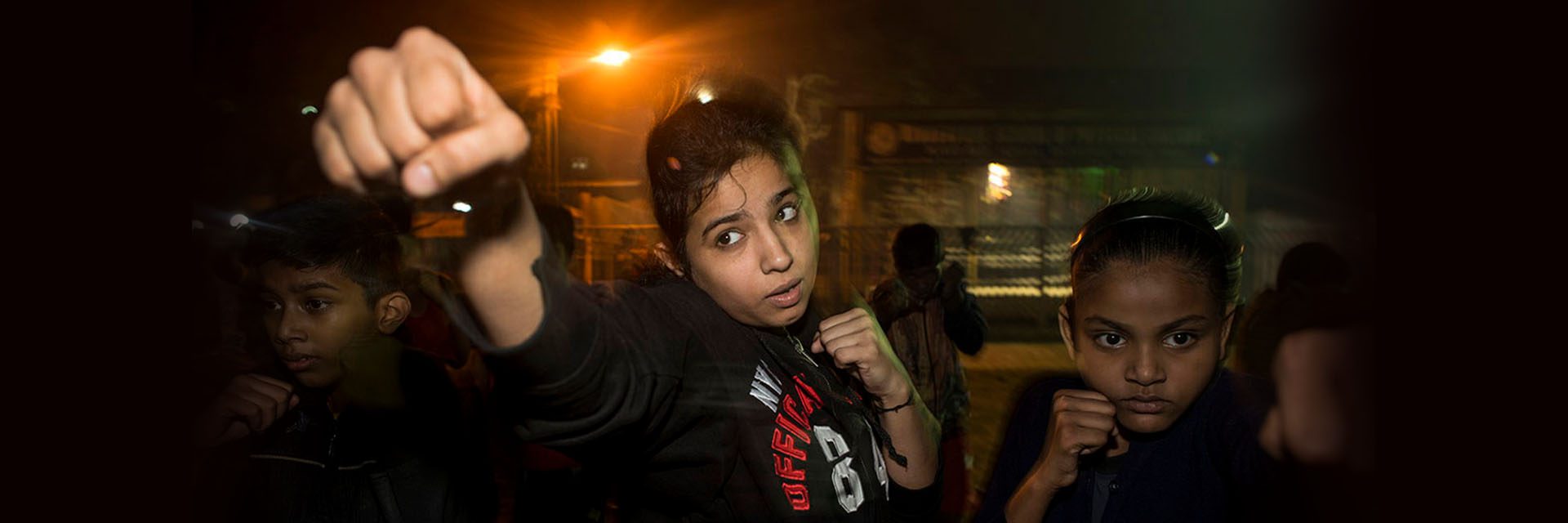
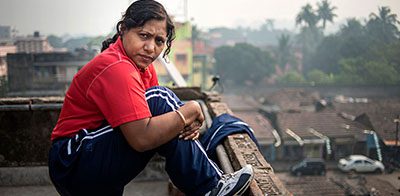 Razia Shabnam exercises at her rooftop; Photo Courtesy: Arindam Mukherjee[/caption]
Razia Shabnam exercises at her rooftop; Photo Courtesy: Arindam Mukherjee[/caption] Photo Courtesy: Arindam Mukherjee[/caption]
Photo Courtesy: Arindam Mukherjee[/caption]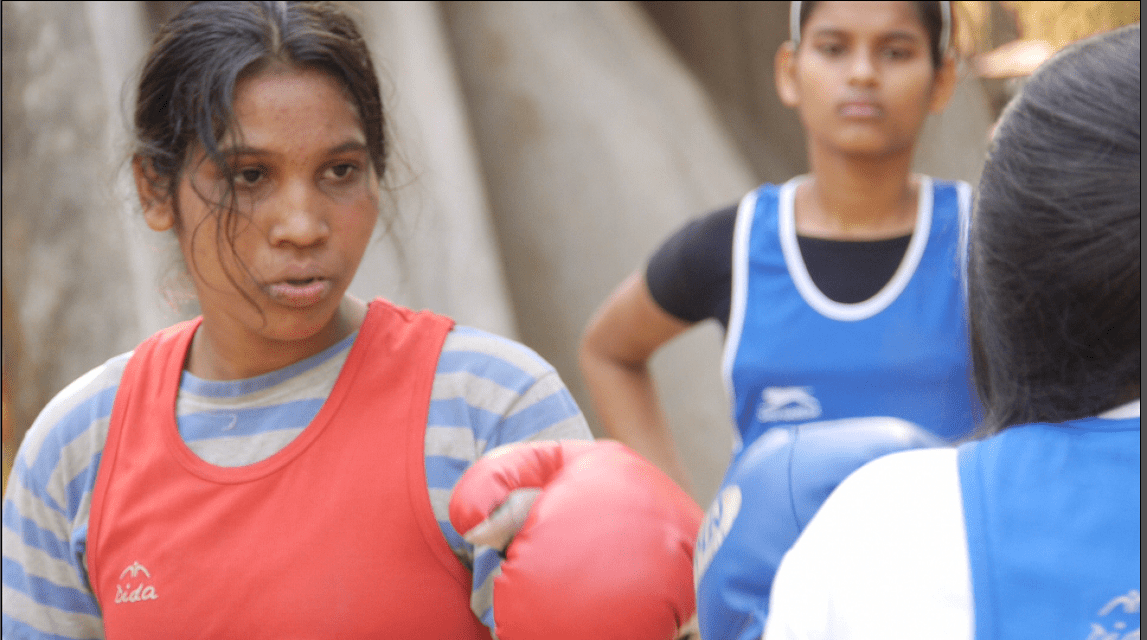 Ajmira Khatun during a practise session; Photo Courtesy: Alka Raghuram[/caption]
Ajmira Khatun during a practise session; Photo Courtesy: Alka Raghuram[/caption]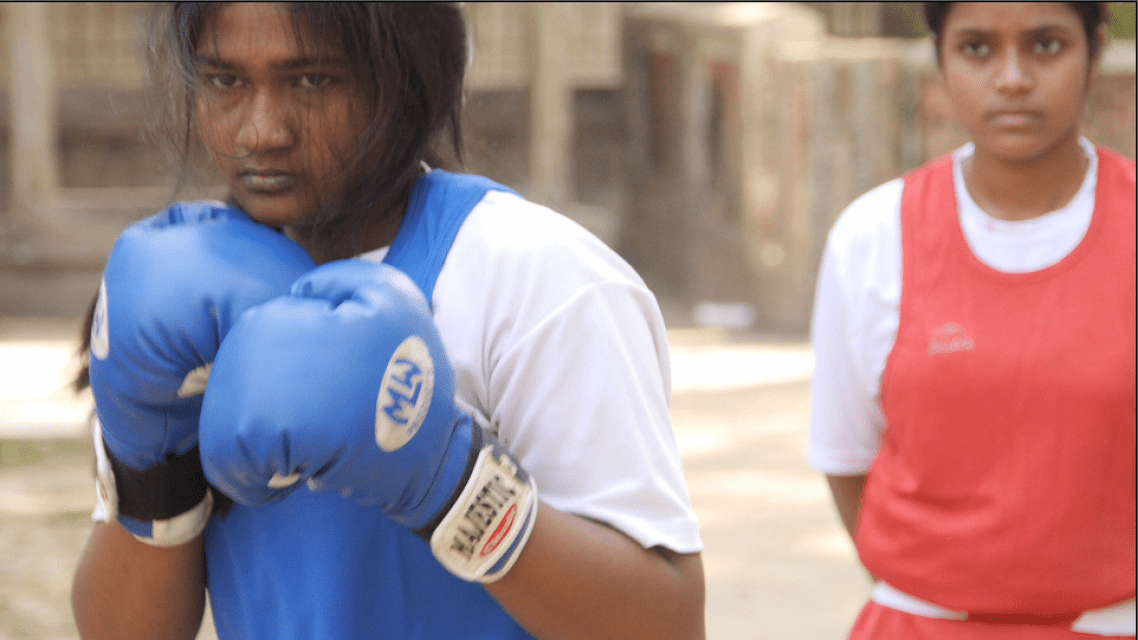 Taslima during a practise session; Photo Courtesy: Alka Raghuram[/caption]
Taslima during a practise session; Photo Courtesy: Alka Raghuram[/caption]
Absolutely thought provoking & great guidance to the younger generation of entrepreneurs!